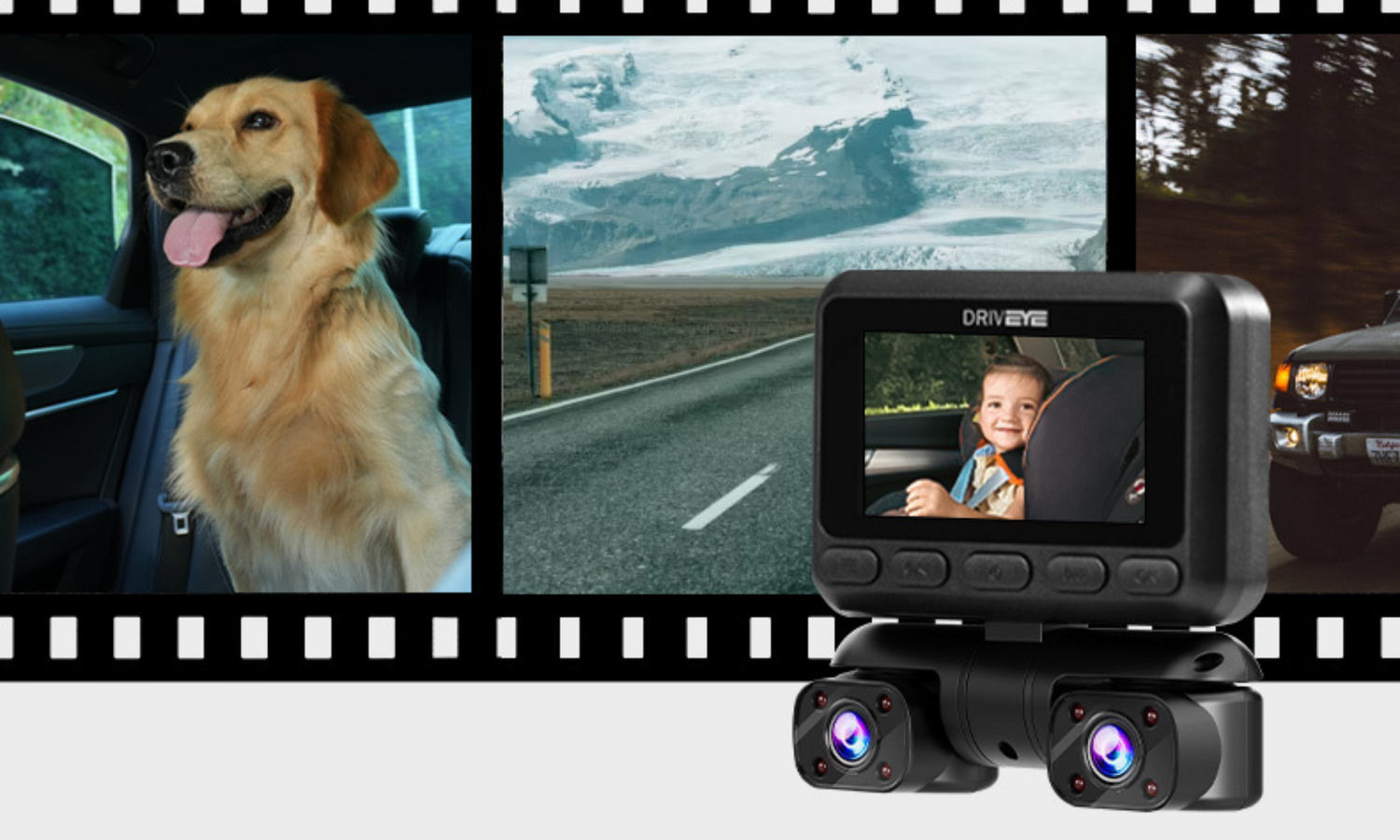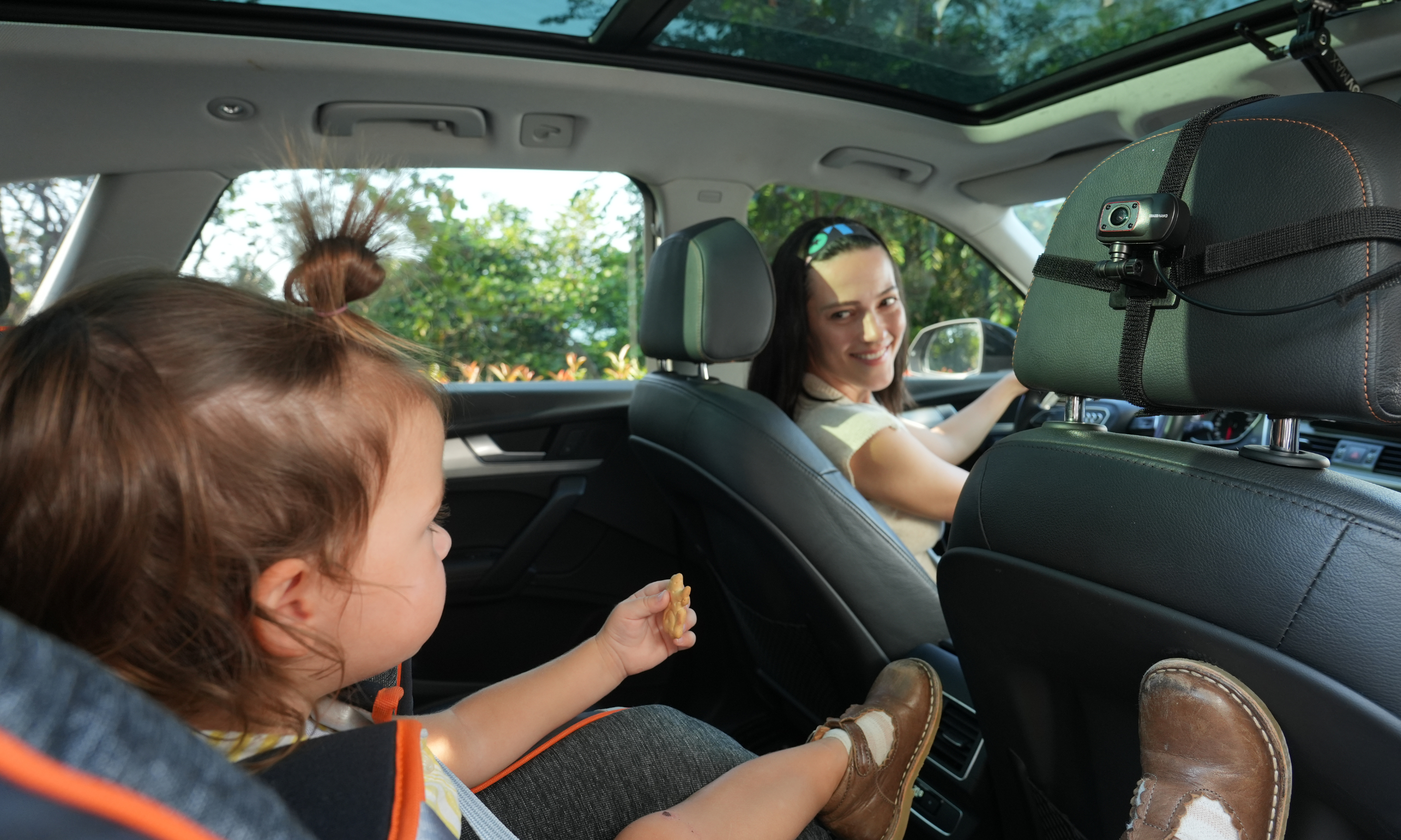When choosing a dash cam, one of the most important factors to consider is storage capacity. Your dash cam's memory card determines how much footage it can store before old files are overwritten. Selecting the right storage ensures that you never miss critical footage—whether it's a road accident, a parking incident, or even a scenic drive you want to save.
So, how much storage do you actually need? Let’s break it down.
1. Understanding Dash Cam Video Storage
Dash cams use microSD cards to store recorded footage. The amount of footage your dash cam can hold depends on several factors:
- Video resolution (higher resolution = larger file size)
- Frame rate (higher FPS = larger file size)
- Compression technology (H.265 files take up less space than H.264)
- Loop recording settings (automatic overwrite when storage is full)
A higher storage capacity allows you to keep more footage before older recordings are replaced. If you often drive long distances or leave your dash cam in parking mode, choosing the right memory card is crucial.
2. How Much Storage Do You Need?
Here’s a general guide on how much footage different microSD card sizes can hold at various resolutions:
| Storage Size | 1080P (30FPS) | 1080P (60FPS) | 2K QHD (30FPS) | 4K UHD (30FPS) |
|---|---|---|---|---|
| 32GB | 3-4 hours | 2-3 hours | 1.5-2 hours | 1 hour |
| 64GB | 6-8 hours | 4-5 hours | 3-4 hours | 2 hours |
| 128GB | 12-16 hours | 8-10 hours | 6-8 hours | 4-5 hours |
| 256GB | 24-32 hours | 16-20 hours | 12-16 hours | 8-10 hours |
| 512GB | 50+ hours | 30-40 hours | 24-32 hours | 16-20 hours |
What Storage Size Should You Choose?
32GB – 64GB → Suitable for short drives and basic recording.
128GB – 256GB → Ideal for daily drivers who want extended storage.
512GB → Best for long road trips, commercial vehicles, and 24/7 parking mode.
3. Choosing the Right Storage for Your Needs
💡 If You Drive Occasionally
-
Recommended storage: 32GB - 64GB
-
Best for drivers who use their car for short trips and do not need long-term footage storage.
💡 If You Drive Daily
-
Recommended storage: 128GB - 256GB
-
Provides 12+ hours of footage, ensuring that critical moments from your recent drives are available.
💡 If You Use Parking Mode
-
Recommended storage: 256GB - 512GB
-
Parking mode continuously records when your car is parked. A larger memory card ensures that you capture events overnight or over multiple days without losing older footage.
💡 If You Record in 4K
-
Recommended storage: 256GB - 512GB
-
4K video takes up 4x more space than 1080P, so at least 256GB is recommended to prevent overwriting footage too quickly.
4. Factors to Consider When Choosing a Dash Cam Memory Card
1️⃣ Speed Class Matters
- Use a UHS Speed Class U3 or V30/V60/V90 card to support high-quality video recording without lag or corruption.
- Lower-class memory cards (Class 4 or Class 10) may not keep up with high-resolution video, causing missing frames or errors.
2️⃣ Endurance is Key
- Look for high-endurance microSD cards designed for continuous video recording. Standard memory cards wear out quickly in dash cams.
- Brands like SanDisk High Endurance, Samsung PRO Endurance, or Lexar High-Endurance are great choices.
3️⃣ Format Regularly for Best Performance
- Memory cards should be formatted every 1-2 months to prevent file corruption and ensure smooth recording.
4️⃣ Consider Cloud Backup for Extra Security
- If your dash cam supports Wi-Fi or cloud storage, you can save important footage remotely, reducing the risk of losing critical evidence.





Leave a comment
This site is protected by hCaptcha and the hCaptcha Privacy Policy and Terms of Service apply.